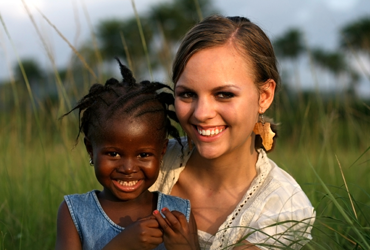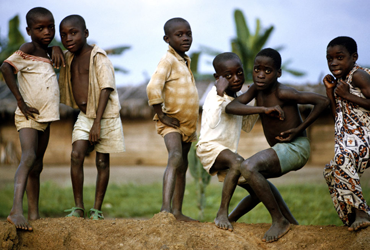How Do We Classify Charities?
We classify charities by the kinds of programs and services they provide, and by the way they function financially. In sharing our ratings with givers and charities, we consistently hear the same piece of advice. Above all else, they ask that we compare organizations to similar organizations. We agree with them.
Our research indicates that while many kinds of charities function in financially similar ways, there are significant differences in the way certain kinds of charities function financially. For example, although they are both considered public charities, food banks and universities function in fundamentally different ways. In an effort to take such differences into account, we employ a two-tiered classification system, grouping charities into:
- Broadly defined Categories
- More narrowly defined Causes within each Category

In defining our Categories and Causes, we use a classification tool that allows us to evaluate charities fairly and accurately. We made our classification as clear as possible so our users can quickly identify the Category and Cause in which to find the charity of their choice. This classification allows us to compare organizations to similar organizations, or as commonly said, we compare apples to apples, and not to oranges.
We identify 11 Categories of charitable activity. Those Categories are broad in nature (e.g., Health), and they are widely used as categories by most of the other charity classification tools. In other words, they are not original to Charity Navigator.
We identify 35 Causes (e.g., Medical Research) that fall under our Categories. Our Causes are original to Charity Navigator, as is the method we use to assign charities to each Cause.
In assigning each charity to a Category and Cause, we again seek to be fair, accurate, and user-friendly. We make these assignments using three criteria. First, we use the activity code each charity selects in its filings with the IRS to determine how the charity classifies itself. Second, we examine the charity’s programs and services to determine what the charity actually does. Third, we examine the charity’s financial information to determine how it functions financially. Using those criteria, we assign the charity to the Category and Cause where it can be compared with similar charities.

We usually defer to the charity’s activity code when assigning it to a Cause. That is, we aligned our Causes with those activity codes and automatically assign charities based on the activity code that they selected. We change those default assignments only when there is compelling evidence that by assigning the charity elsewhere, our rating will be more accurate and fair, and givers will locate the charity more easily.
Our Categories and Causes are defined as follows:
Animals
- Animal Rights, Welfare, and Services
- Wildlife Conservation
- Zoos and Aquariums
Arts, Culture, Humanities
- Libraries, Historical Societies and Landmark Preservation
- Museums
- Performing Arts
- Public Broadcasting and Media
Community Development
- Fundraising Organizations
- Community Foundations
- Housing and Neighborhood Development
Education
- Universities, Graduate Schools, and Technological Institutes
- Private Elementary and Secondary Schools
- Other Education Programs and Services
- Private Liberal Arts Colleges
Environment
- Environmental Protection and Conservation
- Botanical Gardens, Parks, and Nature Centers
Health
- Diseases, Disorders, and Disciplines
- Patient and Family Support
- Treatment and Prevention Services
- Medical Research
Human and Civil Rights
- Advocacy and Education
Human Services
- Children’s and Family Services
- Youth Development, Shelter, and Crisis Services
- Food Banks, Food Pantries, and Food Distribution
- Multipurpose Human Service Organizations
- Homeless Services
- Social Services
International
- Development and Relief Services
- International Peace, Security, and Affairs
- Humanitarian Relief Supplies
- Single Country Support Organizations
Research and Public Policy
- Non-Medical Science & Technology Research
- Social and Public Policy Research
Religion
- Religious Activities
- Religious Media and Broadcasting




